(For Families)
We have made a lot of progress using information families like yours helped to collect for the CoULD Registry. Here you will find summary information about our ongoing studies.
| Study Title | Purpose | Findings |
Intraobserver and Interobserver Reliability of the Oberg-Manske-Tonkin (OMT) Classification: Establishing a Registry on Congenital Upper Limb Differences by Donald Bae, MD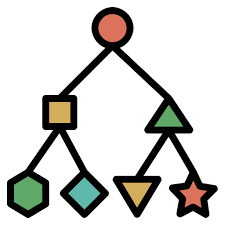 | The purpose of this study was to determine how reliable the Oberg-Manske-Tonkin (OMT) classification system applied to CoULD patients. We wondered if the OMT classification would be an appropriate tool for the new CoULD registry. | The first research paper from the CoULD Registry showed that hand surgeons from across the country can agree upon the classification of congenital hand differences using this new web-based system https://pubmed.ncbi.nlm.nih.gov/26840275/ |
Functional Impact of Congenital Hand Differences: Early Results From the Congenital Upper Limb Differences (CoULD) Registry by Donald Bae, MD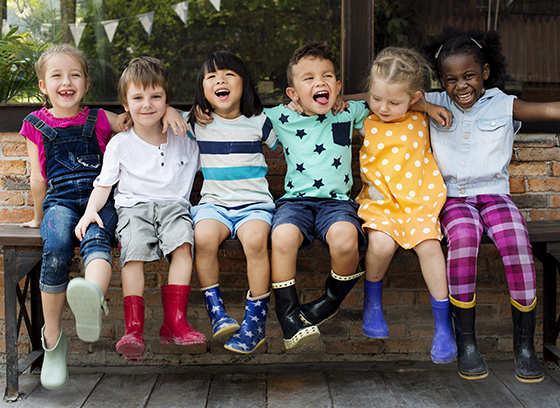 | This study aimed to characterize the functional, emotional, and social impact of congenital upper limb differences on affected children and families before treatment. | In this study of almost 600 CoULD patients, children with congenital hand differences had decreased upper limb function but better peer relationships and better emotional well-being compared to the general population. https://pubmed.ncbi.nlm.nih.gov/29241842/ |
RU Synostosis: does forearm position matter? By Donald Bae, MD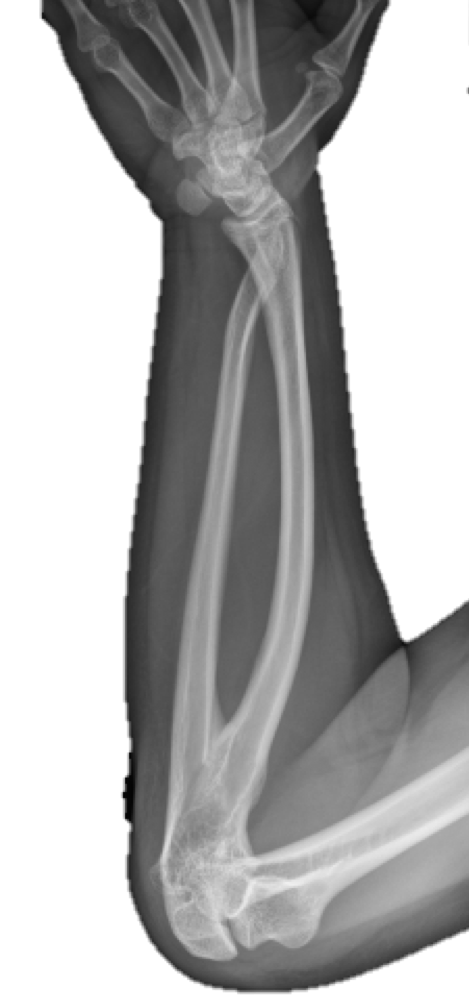 | This study looked at patient-reported outcomes in children with congenital radioulnar synostosis to determine the functional and emotional impact of differing forearm position | Parents report that children with congenital radioulnar synostosis have decreased upper limb function and sports/physical function, but equivalent happiness, compared with the general population. Greatest differences were seen in children with more than 45 – 60 degrees of pronation, which may guide treatment. |
Congenital Upper Limb Differences Registry (CoULD): Registry Inclusion Effect by Carley Vuillermin, MD | This study sought to examine how commonalities of congenital conditions compares with previous research by comparing the CoULD population with previous studies in similar populations and evaluating the most common conditions found. | Compared to other studies looking at how common different congenital hand diferences are, the CoULD registry includes more conditions that present to a hand surgeon later in life or that do not require surgical treatment. The most common conditions in the CoULD registry are radial polydactyly, osteochondomas, symbrachydactyly, and radioulnar synostosis https://pubmed.ncbi.nlm.nih.gov/33423846/ |
Comparative Analysis of 150 Thumb Polydactylies from the CoULD Registry by Ann Van heest, MD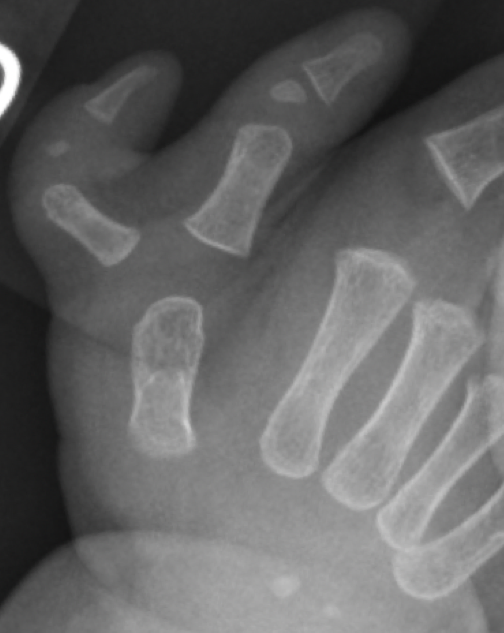 | In this study, three classifications systems were used to describe thumb polydactyly: 1) the Wassel-Flatt (WF), 2) the Rotterdam, and 3) the Chung classifications. | In this study, it was determined that adding additional description of an underdeveloped thumb to the WF classification would be reliable and would adequately describe over 90% of cases. https://pubmed.ncbi.nlm.nih.gov/32873448/ |
Convergent Validity of PODCI and PROMIS domains in Congenital Upper Limb Anomalies by Lindley Wall, MD MSc | The goal of this study was to evaluate the perceived functional and psychosocial impact of upper limb congenital differences prior to surgery using the patient reported outcome measures, PROMIS and PODCI. | For children with congenital hand differences, the PROMIS questionnaire is comparable to the PODCI questionnaire in describing upper limb function, pain, and depression. Because it is shorter, the PROMIS questionnaire may provide similar information while reducing patient/family time and effort. https://pubmed.ncbi.nlm.nih.gov/31543292/ |
Social deprivation effect on physical and emotional wellbeing in congenital hand anomalies – An Assessment using PROMIS by Lindley Wall, MD MSc 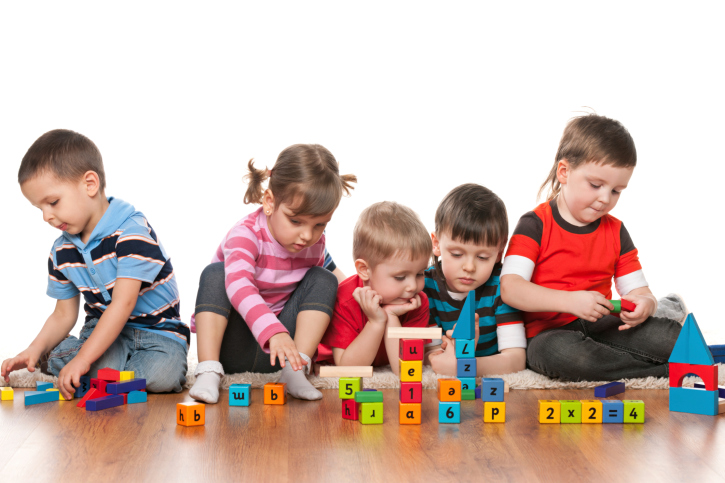 | The objective of this study was to assess whether social deprivation correlates with subjective assessment of function in patients of the CoULD registry. | In patients with congenital hand differences, social deprivation is associated with lower PROMIS scores for pain, peer relations, and anxiety. This information may help medical providers identify psychosocial stress and improve outcomes. https://pubmed.ncbi.nlm.nih.gov/33097335/ |
Patient Reported Outcomes in Arthrogryposis by Lindley Wall, MD MSc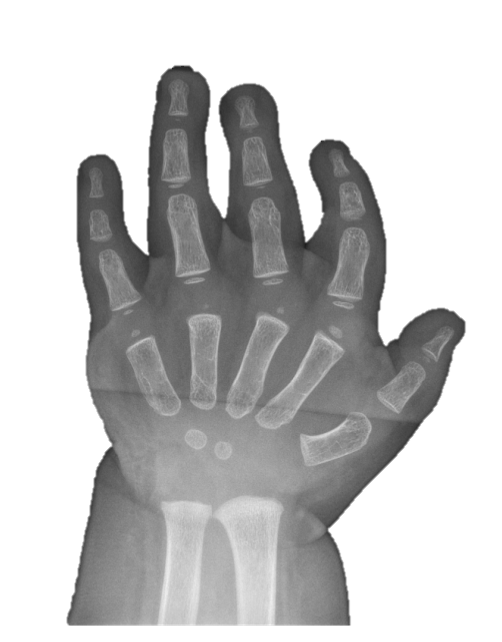 | Little is known about the patient-reported health status of pediatric patients with arthrogryposis. This study used patient-reported outcome measurements, PODCI and PROMIS, to examine functional and psychological impact of arthrogryposis | Arthrogryposis patients have worse upper extremity function, but normal emotional health, compared with the general population. Amyoplasia patients with entire upper limb involvement have lower function than distal arthrogryposis. https://pubmed.ncbi.nlm.nih.gov/32040062/ |
The Effect of Adoption Status (on PODCI scores) of Children with Congenital Upper Limb Anomalies by Lindley Wall MD MSc.  | This study compares how adopted children compare with children born into their families function and feel about their congenital arm differences. | In children with upper extremity (UE) differences, adoption status is seen to affect only the parent-reported domain of UE function. While differences by specific diagnosis call for additional investigation, overall, these findings should be reassuring to families planning to adopt children with UE differences, and they should be supported in their expectations of UE functioning. For more info: https://www.jhandsurg.org/article/S0363-5023(21)00237-9/fulltext |
Association of Radial Longitudinal Deficiency and Thumb Hypoplasia: An Update Using the CoULD Registry by Andrea Bauer MD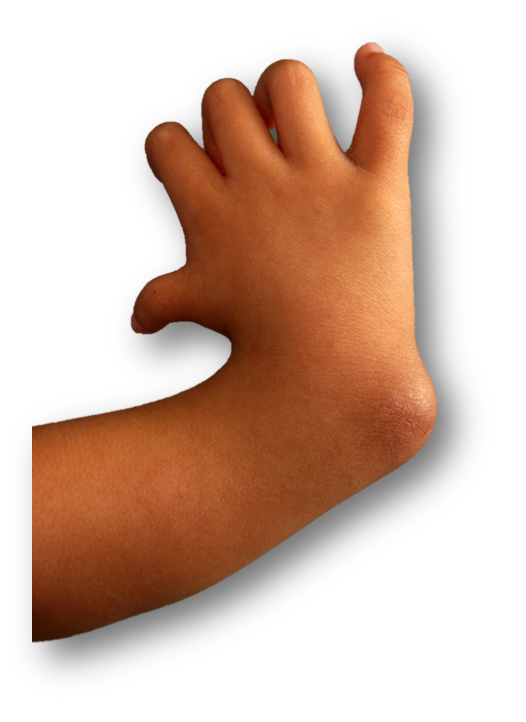 | Often children born with a short or absent radius bone (radial deficiency) have underdeveloped thumbs. This study compared if more severe patterns of radial deficiency are associated with more severe thumbs and aimed to see if there is more severity in patients diagnosed with a syndrome. | In this study we found that the more severe the radial deficiency is, the more underdeveloped the thumb will be. We also found that children with radial deficiency associated with syndromes like Holt-Oram and Fanconi anemia, are 2.5 times more likely to have underdeveloped thumbs. For more info: https://pubmed.ncbi.nlm.nih.gov/33086350/ |
Characteristics of Severe Hand Anomalies in Patients with RLD by Lindley Wall MD, MSc. 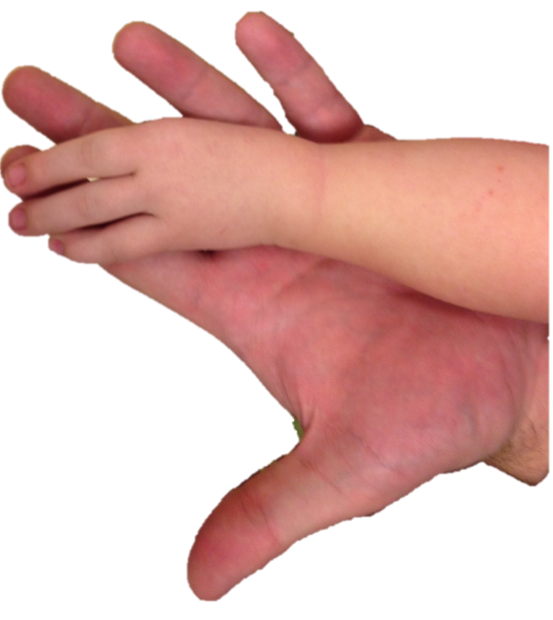 | By looking at the children in COULD who were born with no thumb, we identified a group of children who were even more affected and were born with no thumb or index finger. | We found a pattern of involvement and developed a modified classification system to improve communication about these differences. |
Patient and Parent Reported Outcomes (PRO) for Children with Hereditary Multiple Osteochondromas (HMO) by Michelle James MD | This study looks to see how physical function, social relationships, and emotional health of children with multiple hereditary osteochondromas (HMO) compare to children in the general population. | Data collection not started |
Type 3A vs 3B hypoplastic thumb- radiographic characteristics by Deborah Bohn MD 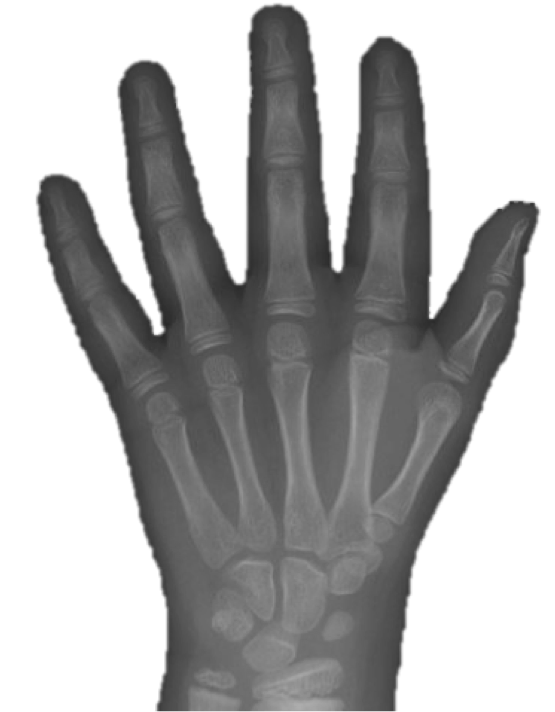 | Children with an underdeveloped thumb may benefit from surgery to improve function. Sometimes, it’s hard to tell what type of surgery is necessary in a baby. We wondered if the appearance of the thumb bones on X-ray helps predict what kind of surgery will be recommended. | There are certain characteristics seen on X-ray that help hand surgeons decide what type of surgery is best for the child. These characteristics include the shape of the bones or the length and width compared to other bones in the hand. |
Symbrachydactyly vs transverse deficiency: Do Nails and Nubbins Matter? A comparison… by Ann Van Heest MD. 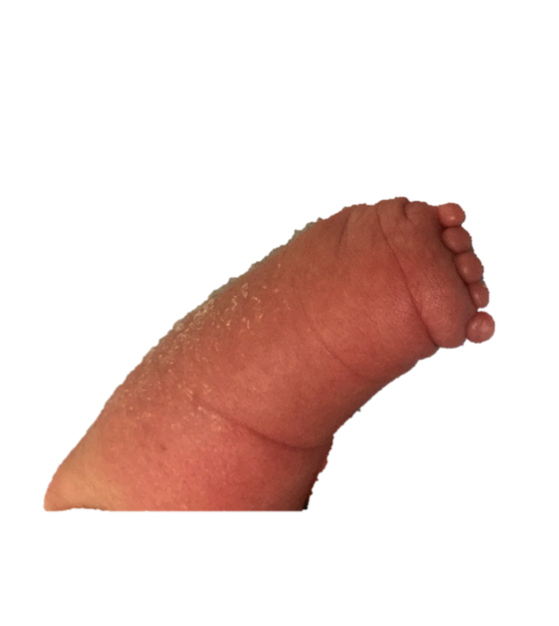 | Our research team is comparing the clinical characteristics of children with transverse deficiency, symbrachydactyly and cleft hand to determine if there are any differences among children with or without short fingers and/or fingernails. | The team has reviewed radiographs and photos of 364 children with hand differences that include transverse deficiency or symbrachydactyly. Half of the children with transverse deficiency have nubbins or nails on their residual limb, while about 2/3 of children with symbrachydactyly have nubbins or nails on their residual limb. This information helps us understand further how to change our classification schemes to categorize these limb deficiencies more consistently. |
Reliability of the Masada classification/radiographic assessment of forearm osteochondromas by Carley Vuillermin MD, MPH, FRACS.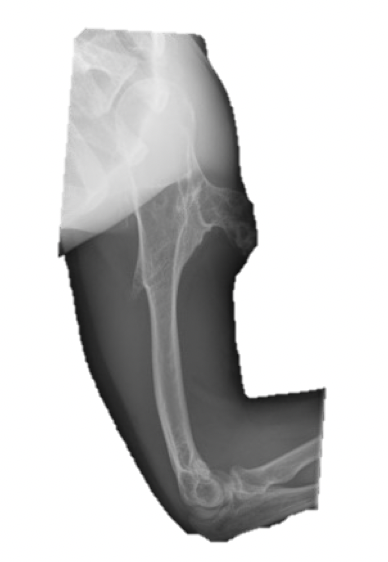 | This study seeks to determine what is the most reliable classification system to describe forearms in patients with multiple hereditary osteochondromas (HMO). | Of all the ways of classifying osteochondromas of the forearm, we found that the Masada classification was less reliable than the Gottschalk and Jo classifications. With the strengths and weekness’ that each classification has, this warrents a more inclusive classification. |
How risky are risk factors? An analysis of perinatal risk factors in patients participating in the CoULD registry by Andrea Bauer MD.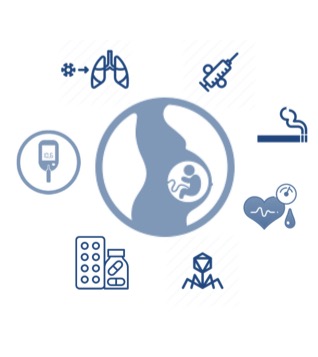 | Using the CoULD registry, our researchers are trying to determine what pregnancy factors (for example, high blood pressure or diabetes) are associated with congenital arm differences. | We found that of the patients enrolled in CoULD, 2/3 of families did not report a risk factor during pregnancy. Of the remaining 1/3 that reported having risk factors, we found that gestational diabetes was associated with having an increased risk of medical and orthopedic conditions, along with a congenital difference involving the entire arm. https://www.jhsgo.org/article/S2589-5141(22)00028-7/fulltext |
Physical activity and Sports Participation of patients with congenital upper limb differences by Donald Bae MD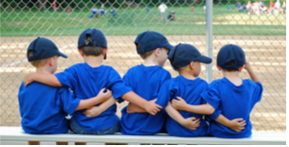 | This study has 2 goals: 1) to understand how children with congenital arm differences stay active and play sports, and 2) to determine what the barriers or obstacles are to sports participation and physical activity. | Data collection not started |
PROMIS and geographic variation by Suzanne Steinman MD. 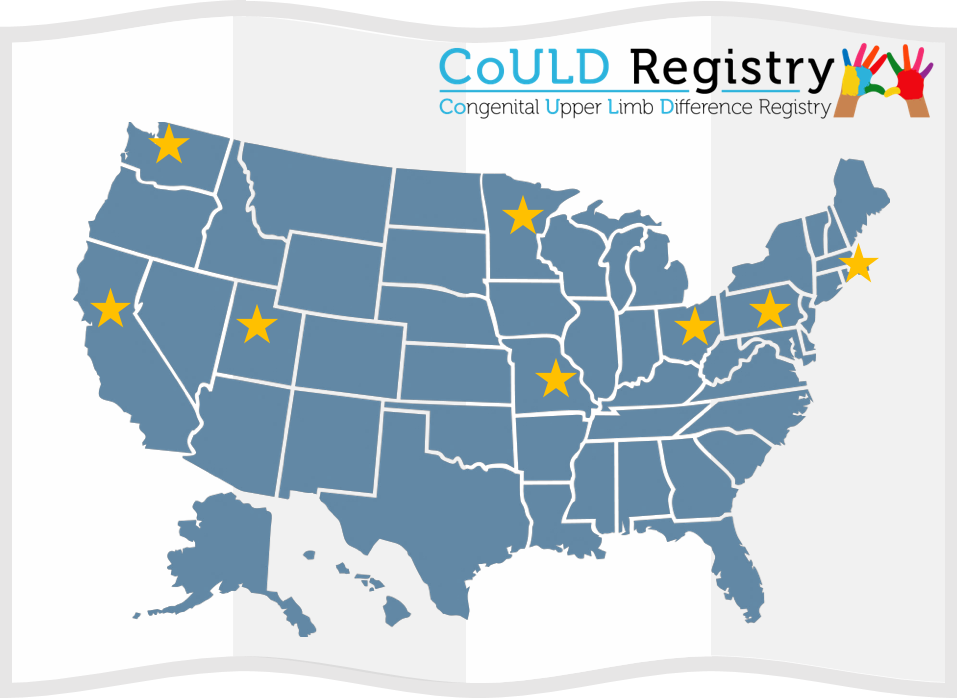 | Does where you live matter? In this study, COULD researchers are trying to determine if children with congenital arm differences have different perceptions of their function depending upon which part of the country they live. | For children with congenital arm differences, parent-reported perceptions of function were not impacted by geographic region. In the East and West, parents with higher education rated less depression, anxiety, and pain in their children. In the Midwest, pain and anxiety were the same between education groups, and depression scores were higher in children of parents with higher education. Parent-reported pediatric depression scores varied between racial groups, with Black/African American rating the highest. |
Congenital Radial head dislocation – factors associated with poor self-reported function by Donald Bae MD. 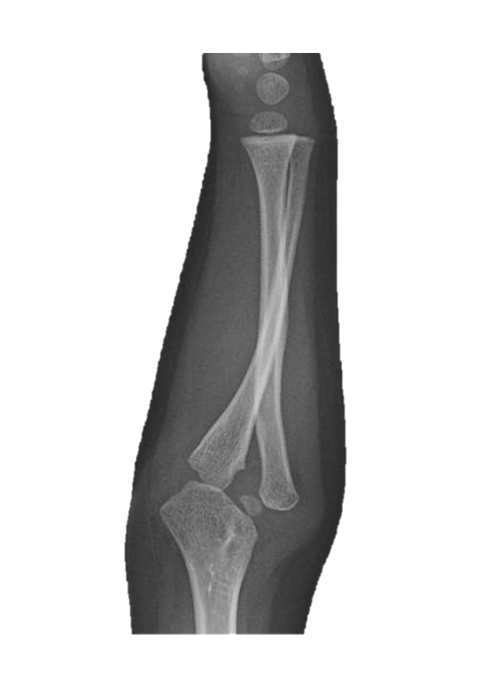 | In this study, we aim to present patient-reported function and happiness for those with congenital radial head dislocation (CRHD). We further hope to identify any clinical features that may have an impact on function/happiness. | Children with CRHD reported reduced upper arm function, but no difference in pain or in happiness. |
The Impact of Isolated versus Multiple Tumors in the CoULD Population by Charles Goldfarb MD.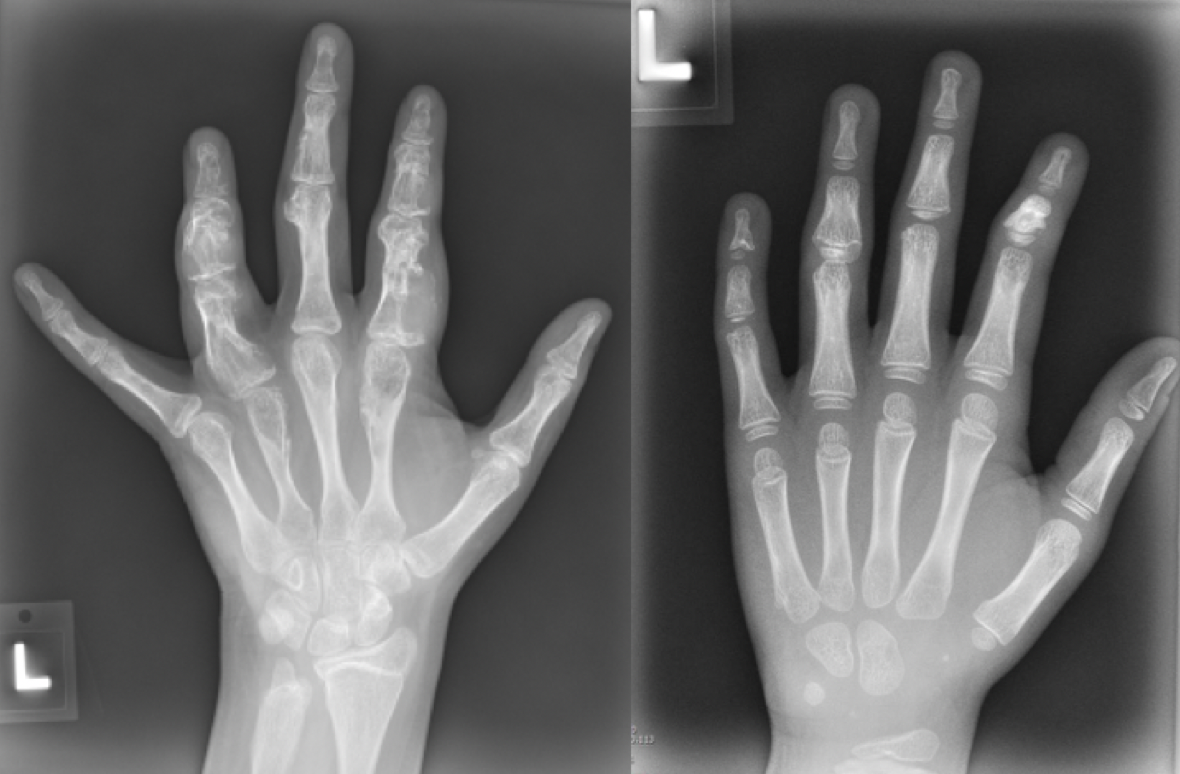 | In this study, researchers review the data of the large number of children in the CoULD Registry with bony tumor conditions to gain a better understanding of the impact of these conditions on patients and their families. | It was found that, patients with upper extremity bony tumors have worse overall function compared to population norms. In addition, patients with multiple bony tumors reported more pain and poorer physical function than those with an isolated bony tumor. Physicians should be alert to the physical and psychosocial burden of this disease. https://pubmed.ncbi.nlm.nih.gov/35749762/ |
The Impact On Families of Congenital Upper Extremity Differences by Lindley Wall MD, MSc. 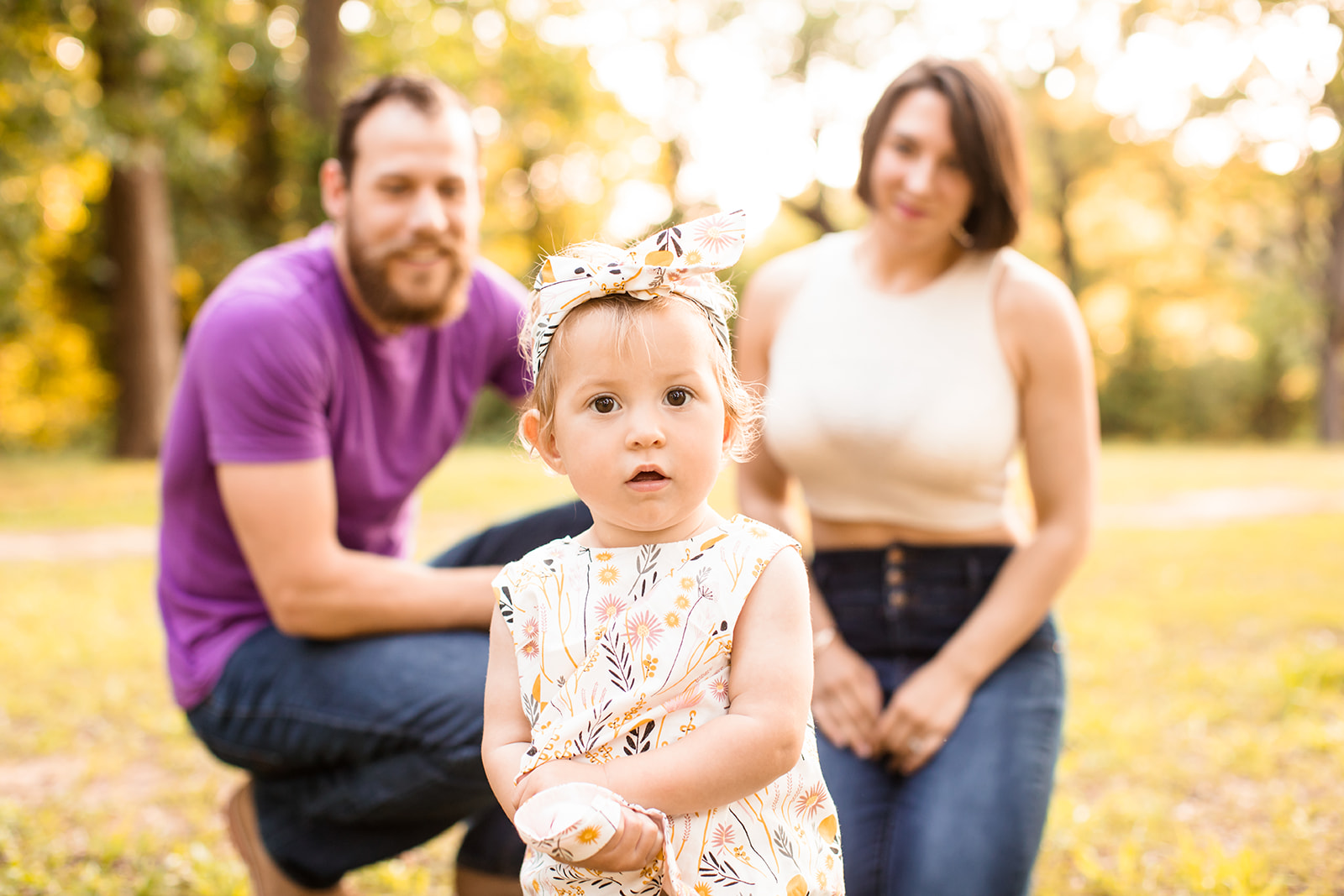 | In this study, researchers shift the focus to the caregivers of the children in the CoULD registry. By reaching out to caregivers, we hope to better understand the needs of these families ultimately improve the care we provide. | Data collection in progress |
Evaluation of the Minimal Clinically Important Difference for PROMIS Instruments and the PODCI in Congenital Upper Extremity Surgery: Results from the CoULD Registry by Douglas Hutchinson MD.  | This study aims to show that the majority of CoULD surgeries meet clinical significance determed by calculating the Minimal Clinically Important Difference (MCID). The MCID is the smallest change of benefit that a patient would find valuable in their treatment. By looking at patient reported outcomes before and after surgery, the MCID will be calculated to evaluate clinical outcomes following surgeries and enhance measurement tools. | No findings yet |
Complications following congenital hand and upper limb surgery: Initial results of the first 1000 procedures in the CoULD registry by Donald Bae MD.  | This study aimed to characterize the rate and risk factors for complications following the first 1000 procedures in the CoULD registry. | We found that the complication rate was about 6% and the most common complications include superficial infections and wound problems. Additionally, we did not find risk factors that were associated with the complications. |
The Oberg, Manske, and Tonkin Classification of Congenital Upper Limb Differences: A Consensus Decision-Making Study for Difficult or Unclassifiable Cases by Lindley Wall MD, MSc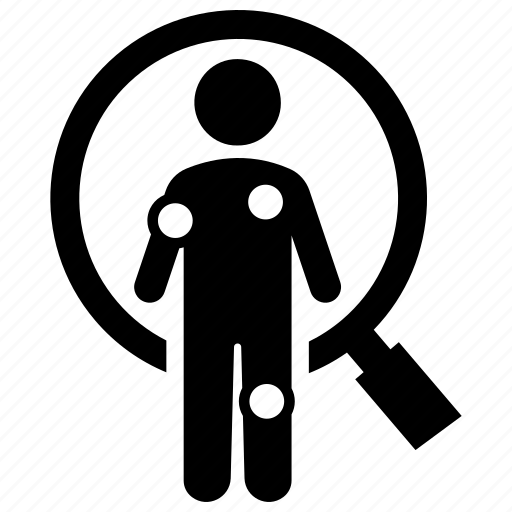 | Accurate diagnosis of congenital upper extremity differences is important for many reasons. An international effort was made to investigate difficult to classify cases. The CoULD Study Group participated through presentation of cases and discussion. | From this effort, a few unique groups were identified that did not classify easily and support the role of future genetic testing to fully diagnoses these patients. https://pubmed.ncbi.nlm.nih.gov/36089550/ |
The Association between Hand and Forearm Severity in Ulnar Longitudinal Deficiency by Lindley Wall MD, MSc. 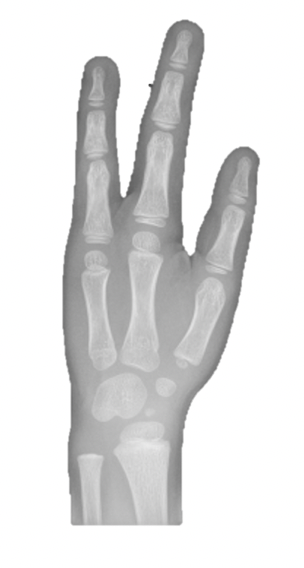 | This study sought out to investigate and characterize the different varieties of ulnar longitudinal deficiency (ULD). Our researchers aimed to determine if more severe hand involvement is correlated with more severe presentation in the entire upper limb. | We found that children with more severe hand involvement are likely to have more severe forearm involvement. Associated medical and musculoskeletal conditions are commonly found in these patients. Based on our findings, we would recommend all patients with ULD have a thorough cardiac evaluation, as well as a detailed spine examination due to a significant incidence of cardiac (8.0%) and spine (6.7%) anomalies in this population. https://pubmed.ncbi.nlm.nih.gov/35931628/ |
Development and reliability of a new classification for forearm HMO using Delphi consensus technique by Carley Vuillermin MD, MPH, FRACS.  | Our previous study looking at the reliability of the Masada classification in patients with Hereditary Multiple Osteochondromas (HMO) found that this classification was less reliable than the Gottschalk and Jo classifications. This created a need of a better classification. This study aims to build a new classification system for HMO using the Delphi Method (anonymous expert consensus) using a CoULD study group. | Consensus ongoing, no findings yet |
Ulnar Polydactyly: The Association of Race and other Genetic Syndromes by Andrea Bauer, MD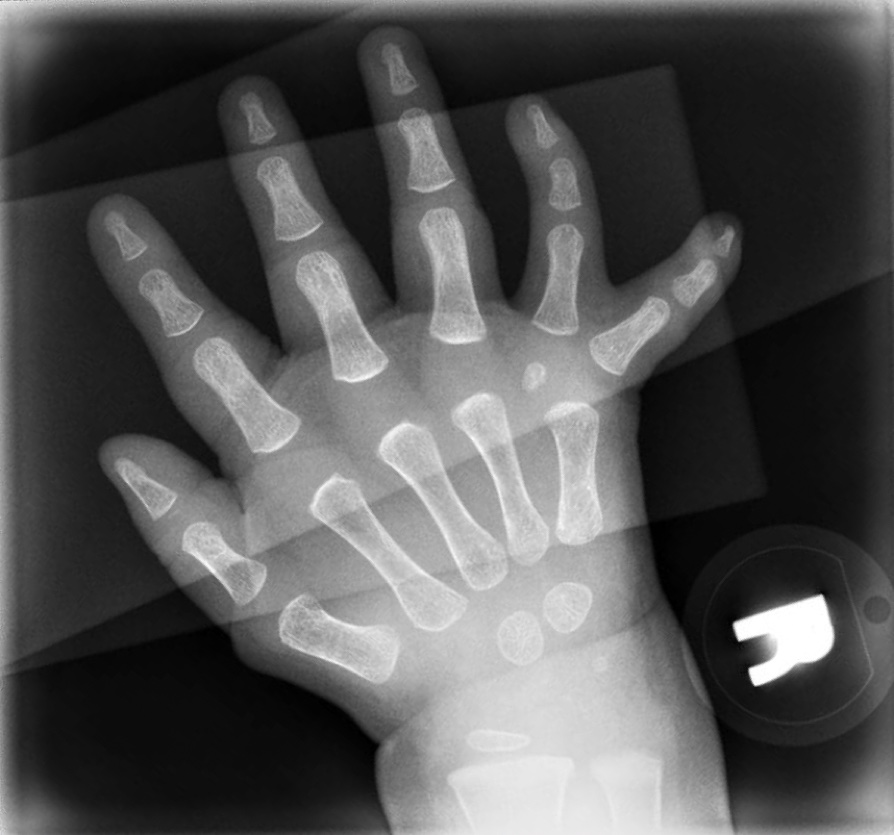 | This study aimed to examine and determine the association between race and other genetic syndromes with type A and type B ulnar polydactyly. Our researchers also aimed to determine the association between race and the presence of family history in these patients. | We found that ulnar polydactyly is more commonly found without the association of a syndrome. We also found that patients with fully formed small fingers (Type A ulnar polydactyly) were more likely to have other organ systems affected as a result of a genetic syndrome. These results have allowed the CoULD researchers to advocate for more genetic screening for children with these differences to allow for early detection and treatment, as well as genetic counseling for families. |
Syndromes assessment across CoULD by Ann Van Heest, MD | The purpose of this study was to investigate the patterns of syndromic involvement for patients with congenital hand differences. | 15% of this study population (4,321 patients) had a known associated syndrome. 149 syndromes had a single patient, 55 syndromes had at least two patients, and 25 syndromes had at least 5 patients with a known congenital hand difference. Although the most common syndromes are well known to pediatric hand surgeons, the majority of CoULD children with an associated syndrome are the only child with that syndrome. Because of the rarity of these many syndromes, consultation with a geneticist is advised. |
Short Finger and Cleft Type Symbrachydactyly: The impact of subtype on patient satisfaction and interventions by Charles Goldfarb, MD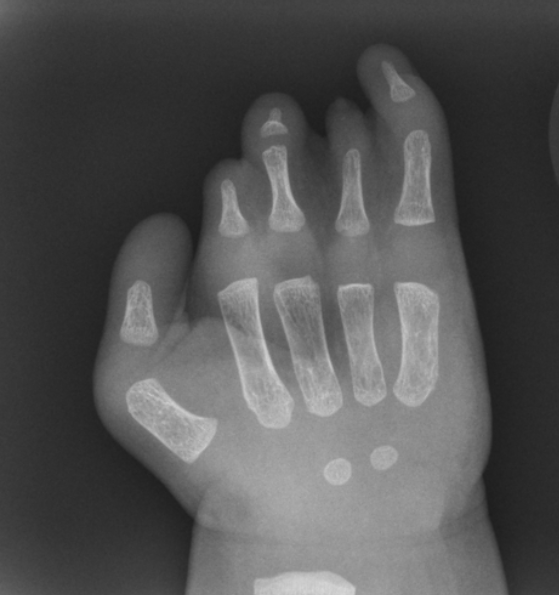 | This study examines two types of symbrachydactyly called short-finger and cleft type. The researchers seek to evaluate the spectrum of involvement and hand characteristics in these children. They will also investigate which surgeries children are having and describe the impact of surgeries on the improvement of patient function and well-being. | No findings yet |
Patient Reported Outcomes in Madelung’s Deformity by Lindley Wall MD, MSc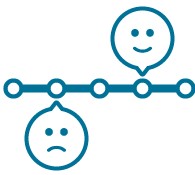 | Patients with Madelung’s tend to seek care in the early adolescent years. These patients may be experiencing wrist pain and decreased range of motion. This study will examine patient perceptions of the impact of Madelung’s deformity, particularly the perceived impact of functional limitations and effects on psychosocial well-being. | No findings yet |
Characteristics of Synpolydactyly of the hand and soft tissue component to radiographic classification by Apurva Shah, MD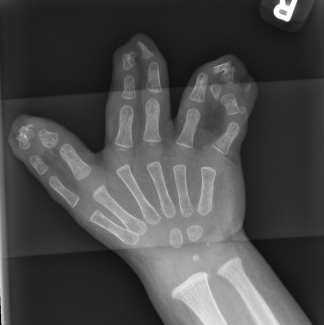 | Our study aim is to build on the Wall et al. classification system to characterize synpolydactyly of the hand by analyzing radiographic images and clinical photographs. Creating a classification criterion may help improve communication between surgeons and be helpful in predicting disease course and patient outcomes. | No findings yet |
| Synpolydactyly: a case matched comparison investigation of clinical outcomes in comparison to syndactyly by Lindley Wall | This study will examine the variation amongst the hands of children with synpolydactyly. Surgical history and the patient satisfaction scores of children will be measured by sub-type with the goal of providing more information for physicians and families. | No findings yet |
| Surgical Outcomes of Radial Polydactyly Reconstruction by Ann Van Heest, MD | Previously, a comparative analysis looked at classification systems to describe thumb polydactyly. This phase of the study will investigate the surgical techniques and outcomes of thumb polydactyly. | No findings yet |